Table of content
Pea starch jelly, known in Chinese cuisine as liángfěn (凉粉), is a beloved dish celebrated for its refreshing texture and versatility. When transformed into a stir-fried masterpiece, it becomes a symphony of crispy edges, tender centers, and bold flavors that dance on the palate. This article delves into the intricacies of crafting the perfect stir-fried pea starch jelly, offering step-by-step guidance, culinary insights, and tips to elevate this humble ingredient into a restaurant-worthy dish.
What Is Pea Starch Jelly?
Pea starch jelly is a gelatinous food made from pea starch, water, and sometimes a pinch of salt. Unlike Western jellies, it has a delicate, almost silken texture when chilled but gains a satisfying chewiness when cooked. Originating from China’s Sichuan province, it is a staple of street food culture, often served cold with spicy sauces. However, when stir-fried, it undergoes a magical metamorphosis—the high heat caramelizes its edges, creating a contrast between crispy and tender layers that make it irresistible.
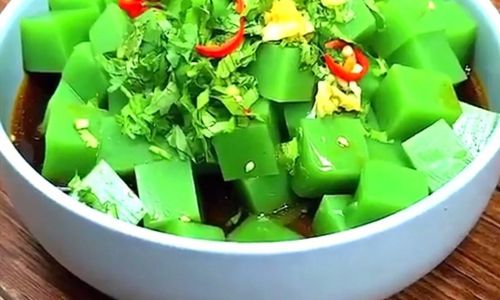
The Culinary Appeal of Stir-Fried Pea Starch Jelly
Stir-frying pea starch jelly is a culinary technique that balances simplicity and complexity. The process requires minimal ingredients but demands precision in heat control and timing. The result is a dish that can be customized endlessly—from vegetarian versions with garlic and chili to hearty preparations with meat or seafood. Its neutral flavor profile allows it to absorb the essence of aromatics and spices, making it a canvas for creativity.
Ingredients You’ll Need
To create this dish, gather the following:
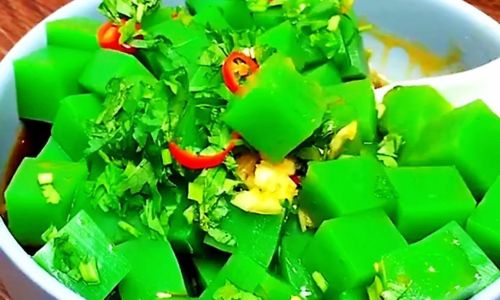
- 500g pea starch jelly block: Fresh or store-bought; ensure it’s firm to the touch.
- 3 tablespoons cooking oil: Neutral oils like vegetable or peanut work best.
- 3 garlic cloves, minced: For aromatic depth.
- 1-inch ginger, grated: Adds a subtle warmth.
- 2-3 dried red chilies (optional): For heat; adjust to taste.
- 1 small onion, thinly sliced: Provides sweetness and crunch.
- 1 bell pepper, julienned: Adds color and texture.
- 2 tablespoons light soy sauce: For umami and saltiness.
- 1 tablespoon dark soy sauce: For color and richness.
- 1 teaspoon sugar: Balances the savory notes.
- 1 teaspoon chili oil or Sichuan peppercorns (optional): For an extra kick.
- 2 tablespoons fresh cilantro or green onions: For garnish.
Step-by-Step Preparation
Preparing the Pea Starch Jelly
- Cut the jelly: Remove the jelly from its packaging and rinse it under cold water. Pat it dry with paper towels to prevent splattering during cooking. Slice it into 1-inch cubes or ½-inch thick strips. Irregular shapes can enhance crispy edges.
- Optional blanching: For a firmer texture, blanch the jelly in boiling water for 1-2 minutes, then drain and cool. This step is optional but helps maintain shape during stir-frying.
Preparing the Aromatics and Vegetables
- Mince garlic and ginger: Finely chop or use a garlic press for a uniform texture.
- Slice vegetables: Ensure the onion and bell pepper are uniformly sliced for even cooking.
- Pre-mix sauces: Combine light soy sauce, dark soy sauce, sugar, and a splash of water in a small bowl. Stir until the sugar dissolves.
Stir-Frying Technique
- Heat the wok: Place a wok or large skillet over high heat. Allow it to smoke slightly—this ensures a searing hot surface for crisping.
- Add oil: Swirl the oil to coat the pan evenly. A well-seasoned wok requires less oil.
- Sear the jelly: Add the jelly pieces in a single layer. Avoid overcrowding the pan, as this will steam the jelly instead of frying it. Cook for 3-4 minutes undisturbed until golden-brown edges form. Flip gently using a spatula to avoid breaking the pieces.
- Sauté aromatics: Push the jelly to one side and add garlic, ginger, and dried chilies (if using). Stir-fry for 30 seconds until fragrant.
- Combine ingredients: Toss the jelly with the aromatics, then add onions and bell peppers. Stir-fry for 2-3 minutes until the vegetables soften slightly but retain their crunch.
- Add sauces: Pour the pre-mixed sauce over the ingredients. Toss quickly to coat evenly. The sauce will thicken slightly as it reduces.
- Finish with aromatics: Drizzle chili oil or sprinkle Sichuan peppercorns (if desired) and toss again. Remove from heat immediately to prevent overcooking.
Serving Suggestions
- Garnish: Top with fresh cilantro or sliced green onions for a pop of color and freshness.
- Pairings: Serve hot with steamed rice, noodles, or as a standalone appetizer. It pairs beautifully with pickled vegetables or a tangy cucumber salad.
Pro Tips for Perfect Stir-Fried Pea Starch Jelly
- Patience is key: Allow the wok to reach optimal heat before adding ingredients. A searing-hot pan ensures crispy edges without oiliness.
- Avoid overstirring: Frequent stirring can break the jelly pieces. Use gentle tossing motions instead.
- Adjust seasoning: Taste and adjust the sauce before serving. Add a splash of vinegar for acidity or a pinch of salt if needed.
- Experiment with proteins: Add diced chicken, shrimp, or tofu for a heartier meal. Marinate proteins first for deeper flavor.
- Texture play: For extra crispiness, dust the jelly pieces with cornstarch before frying. This creates a delicate crust.
Cultural Significance of Pea Starch Jelly
Pea starch jelly has deep roots in Chinese culinary traditions, particularly in regions with hot summers. Its cooling properties made it a refreshing snack long before refrigeration existed. Today, it’s enjoyed year-round, with stir-fried versions gaining popularity for their ability to transform a simple ingredient into a gourmet dish.
Health Benefits
Beyond its culinary appeal, pea starch jelly is a low-calorie, gluten-free option rich in dietary fiber. It’s also a good source of resistant starch, which aids digestion and promotes gut health. When stir-fried with minimal oil, it becomes a guilt-free indulgence.
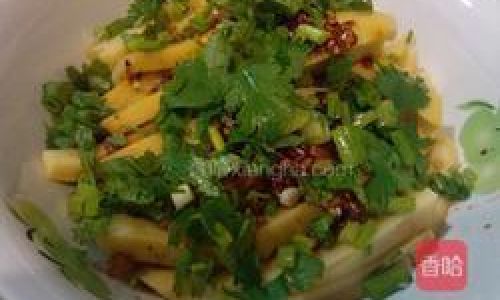
Troubleshooting Common Issues
- Soggy jelly: Overcrowding the pan or insufficient heat causes steam buildup. Cook in batches if needed.
- Burnt aromatics: Add garlic and ginger after searing the jelly to prevent scorching.
- Bland flavor: Enhance with pickled chili, fermented black beans, or a dash of sesame oil.
Variations to Explore
- Spicy Sichuan Style: Double the chili oil and add Sichuan peppercorns for a numbing heat.
- Vegetarian Delight: Incorporate mushrooms, bamboo shoots, and wood ear fungi.
- Seafood Twist: Toss in shrimp or squid during the final minutes of cooking.
- Sweet and Savory: Drizzle with a mixture of honey, soy sauce, and rice vinegar for a unique glaze.
Conclusion
Stir-fried pea starch jelly is a testament to the magic of simplicity in cooking. With just a handful of ingredients and mindful technique, you can transform a humble block of jelly into a dish that tantalizes the senses. Whether you prefer it fiery and bold or subtly aromatic, this recipe offers endless opportunities for customization. So, fire up your wok, gather your ingredients, and embark on a culinary adventure that bridges tradition and innovation—one crispy, golden bite at a time.
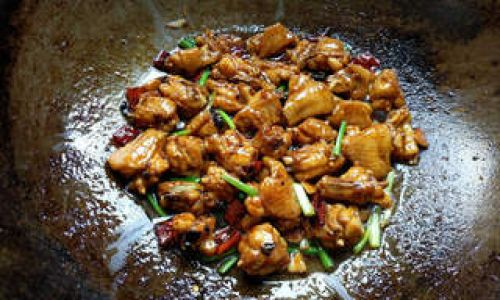
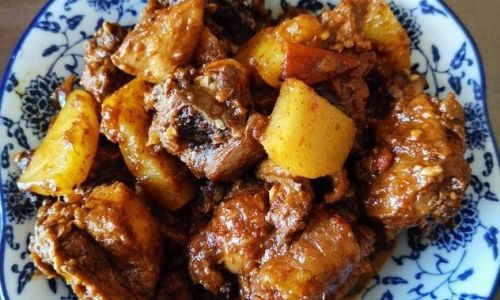
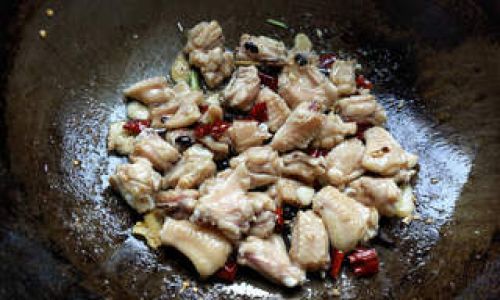
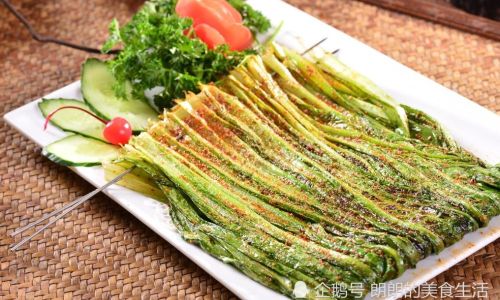
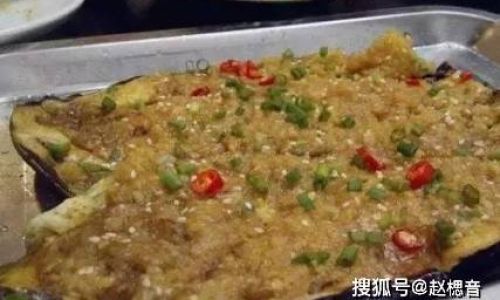
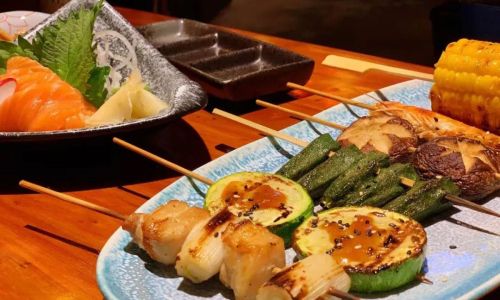
0 comments